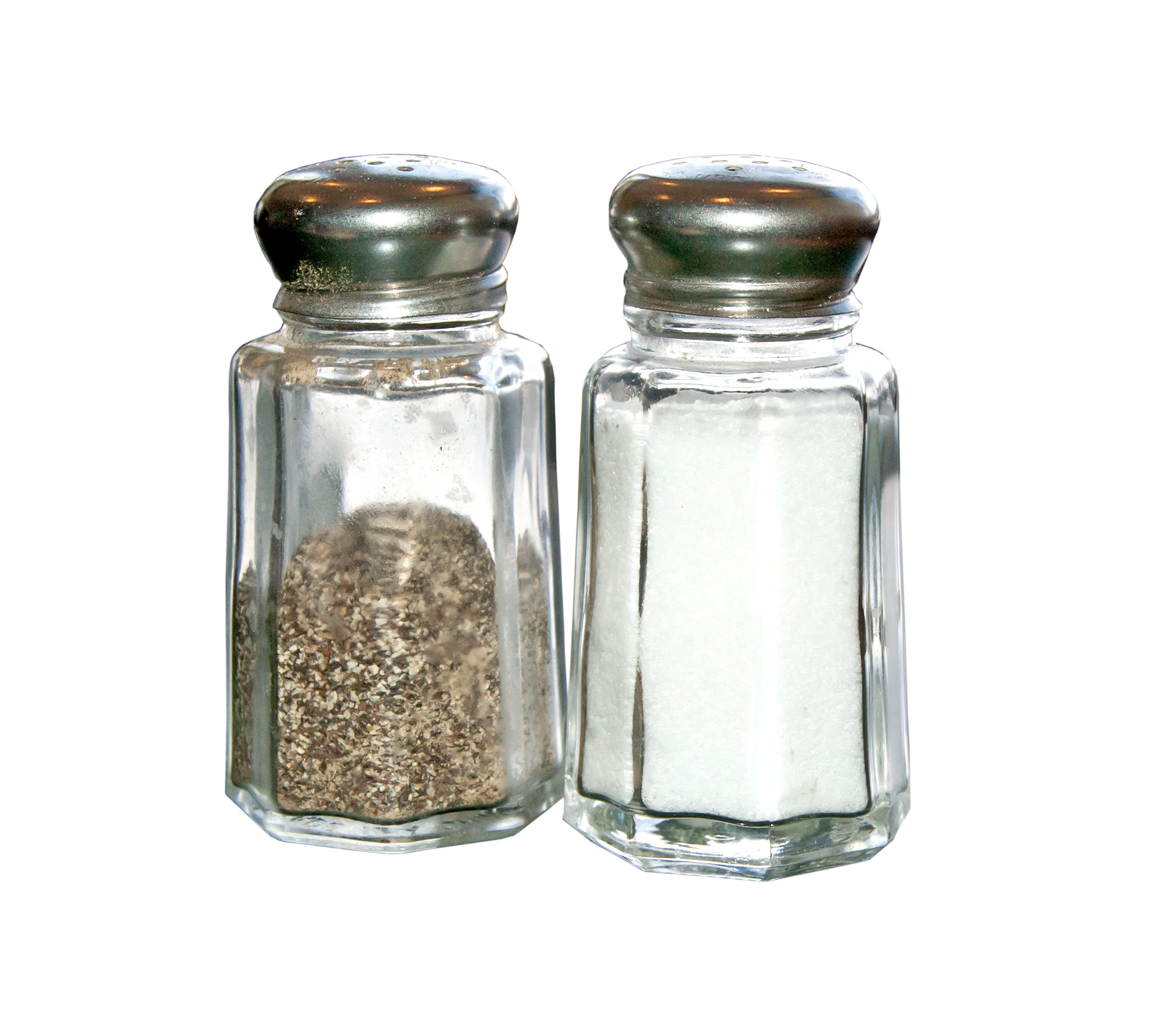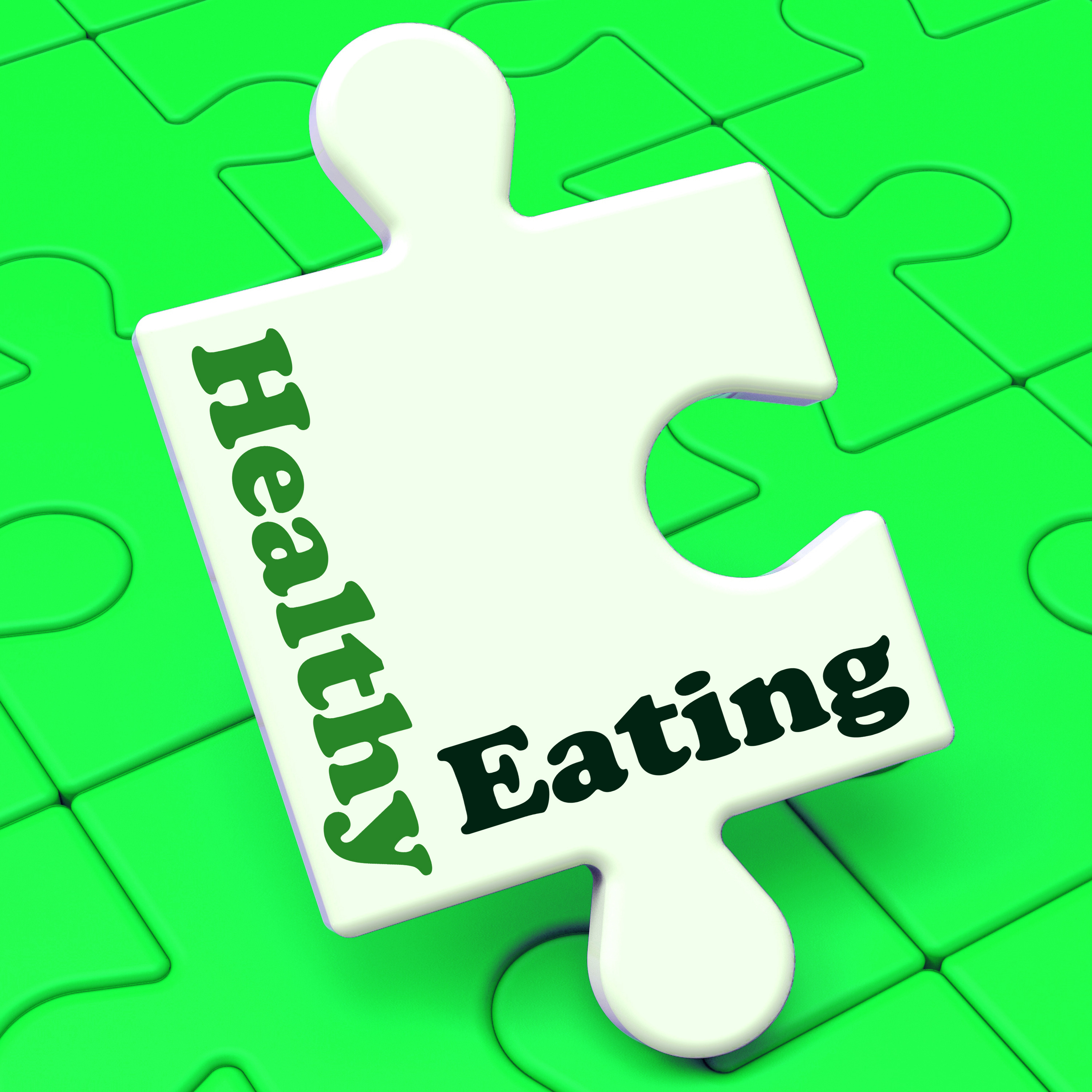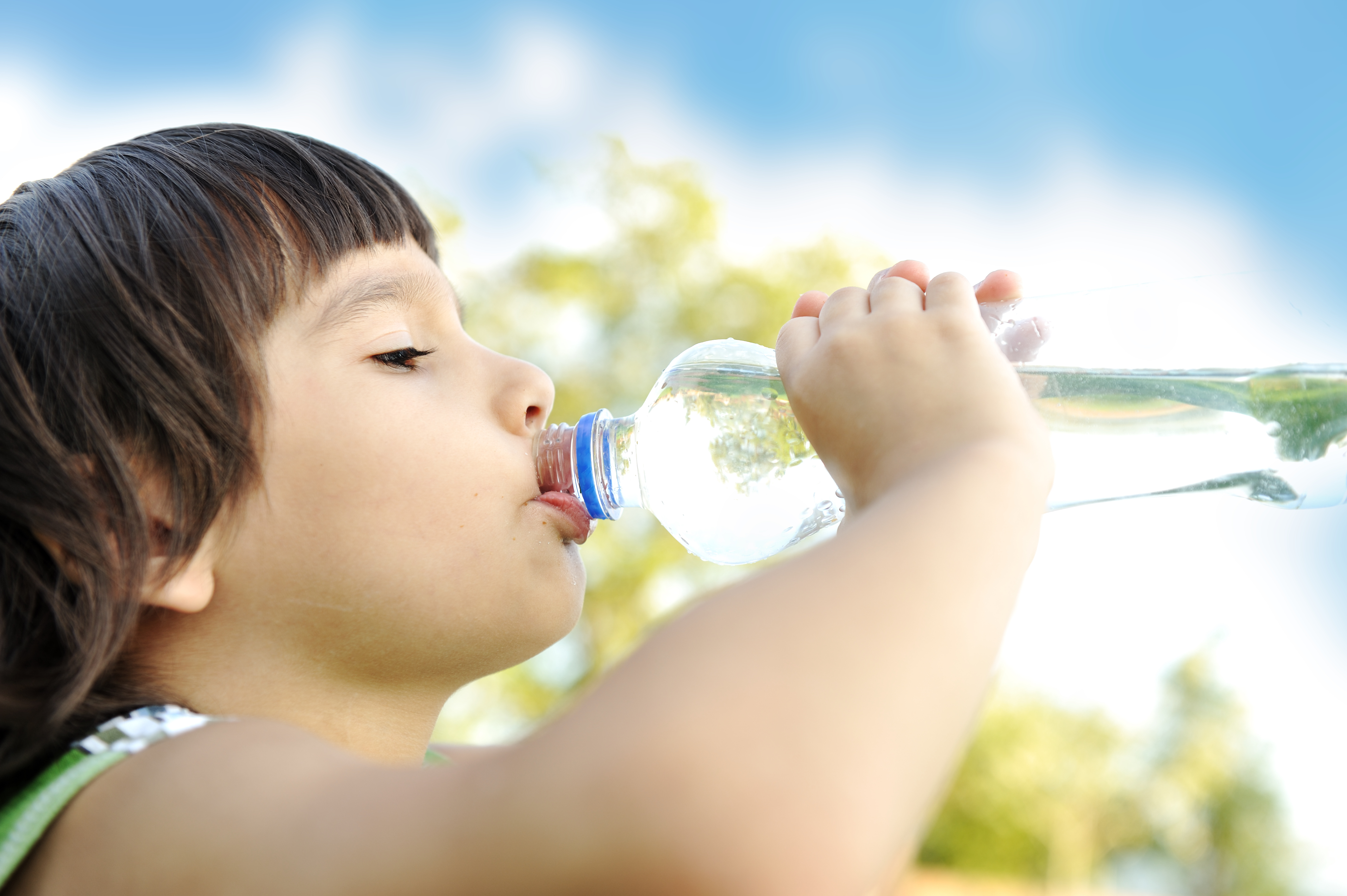Do you even lift? It’s well-known that strength training yields really gratifying, relatively quick visual results, burns calories, builds bone density and reduces the risk of injury. Many women still skip this part of an exercise regimen, though, too often dismissing it as a “guy thing.”
According to Women’s Health Magazine, “Other than the showers, the weight room is probably the most sex-segregated place in any gym. The body benefits of lifting and strength training are clear, yet the gender split persists.”
It’s true – the Center for Disease Control found that only 24.4 percent of women meet the agency’s twice-weekly weight training recommendations.
Resistance moves enhance the benefits of aerobic exercise, reducing the potency of known killers – like heart disease, for example. The American Heart Association reports that cardiovascular diseases and stroke cause one-third of all women’s deaths each year, taking a life about once every 80 seconds.
According to the Cybex Research Institute, “When our muscles are stronger, there is less demand placed on the heart. This allows the lungs to process more oxygen with less effort, the heart to pump more blood with fewer beats, and the blood supply directed to your muscles to increase.”
Furthermore, lifting promotes a healthy waist-to-hip ratio – which, in turn, lowers the risk of death. The Harvard School of Public Health Obesity Prevention Source discusses a long-term study, where, “after 16 years, women who reported the highest waist sizes — 35 inches or higher – had nearly double the risk of dying from heart disease” compared to women who reported waist sizes 28 inches or less.
An article published in Spanish journal Nutrición Hospitalaria stated that strength training, combined with a reduced-calorie eating plan, reduces fat around the middle and prevents cardiovascular disease.











